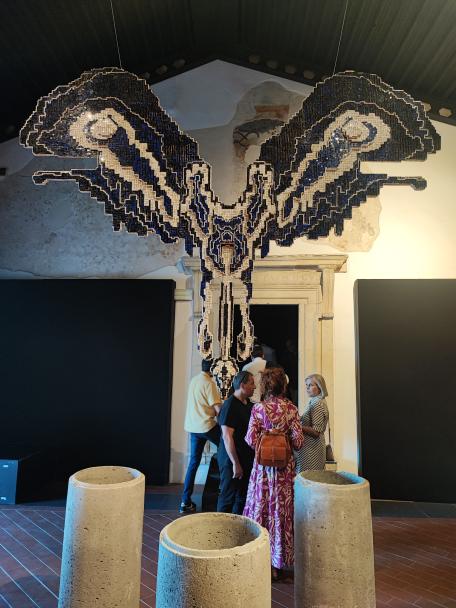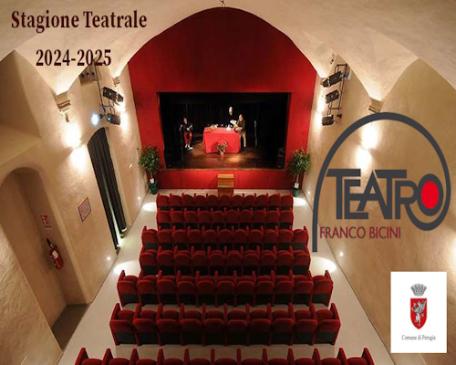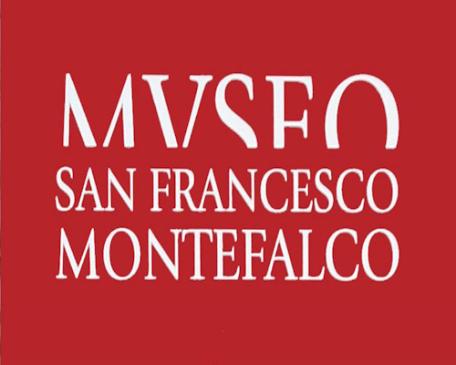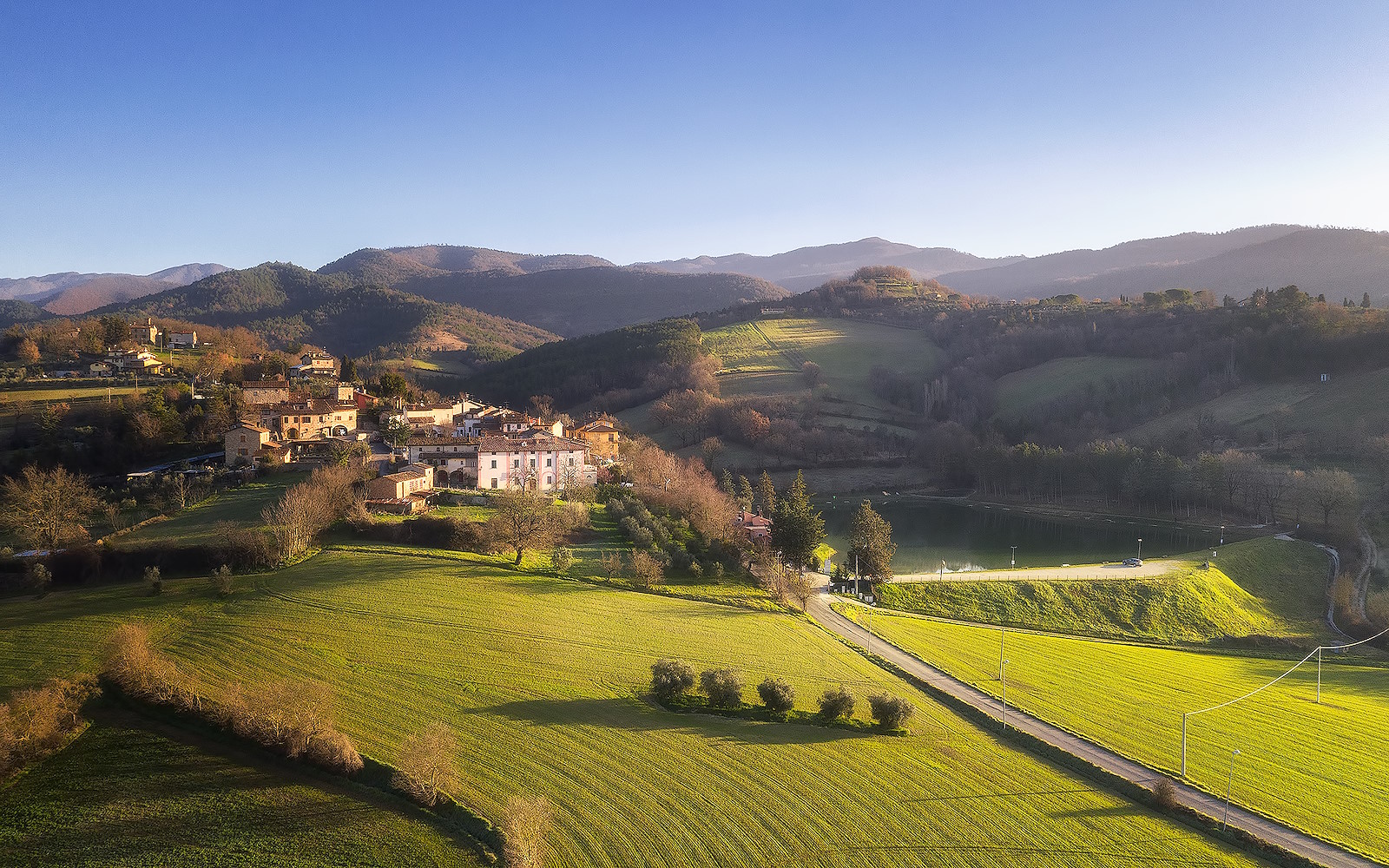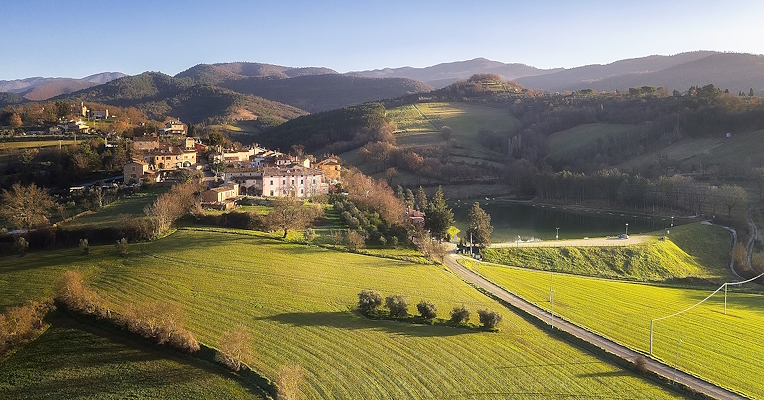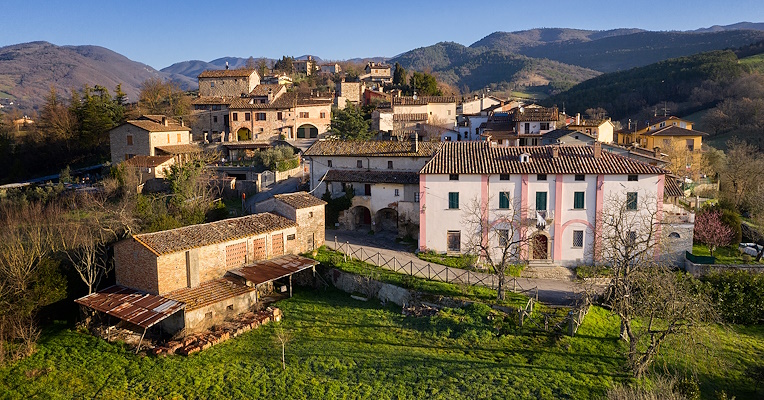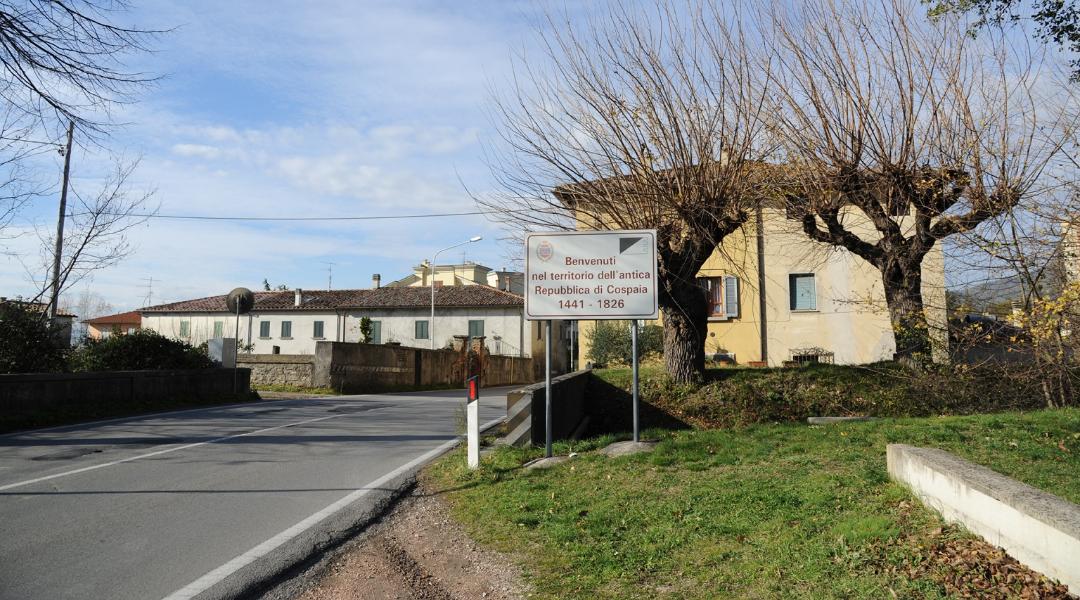The Independent Republic of Cospaia
Cospaia, a hamlet of the municipality of San Giustino in the upper Tiber Valley, became an independent republic in the 15th century despite its modest size. With no army or prisons, it was administered by a Council of Elders and Heads of Families and governed by a single law, still written today at the entrance to the Church of the Annunziata: “Perpetua et firma libertas” (Perpetual and secure liberty).
A singular cartographic error that changed the course of history!
It all began in the year 1441 from a money loan granted by Cosimo de’ Medici to the pontiff of the time, Eugene IV; the Republic of Florence obtained the municipality of Sansepolcro as a pledge, and the boundary of the ceded territories was established in the Rio torrent. However, due to a curious coincidence, two streams named in the same way flowed a short distance from each other: Florence chose the northern Rio (now called Gorgaccia) as the border, while the papal representatives chose the southern one (today known as Riascone), effectively leaving the approximately three hundred hectares of land between the two rivers, which coincided with the territory of Cospaia, without sovereignty.
The inhabitants of Cospaia immediately seized the opportunity to declare their independence. Both Florence and the Papal States willingly accepted the creation of a neutral territory, and in 1448 both formalised their recognition.
Shortly afterwards, Cospaia became not only a symbol of freedom, but also an important reality linked to the history of a plant from America: tobacco.



















